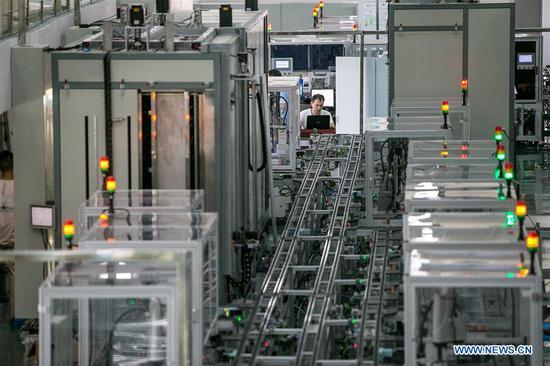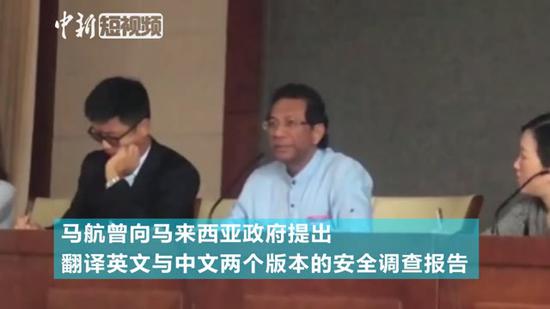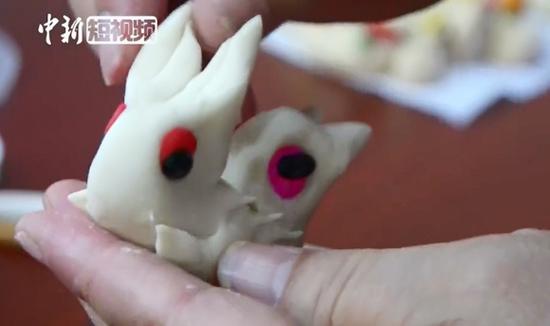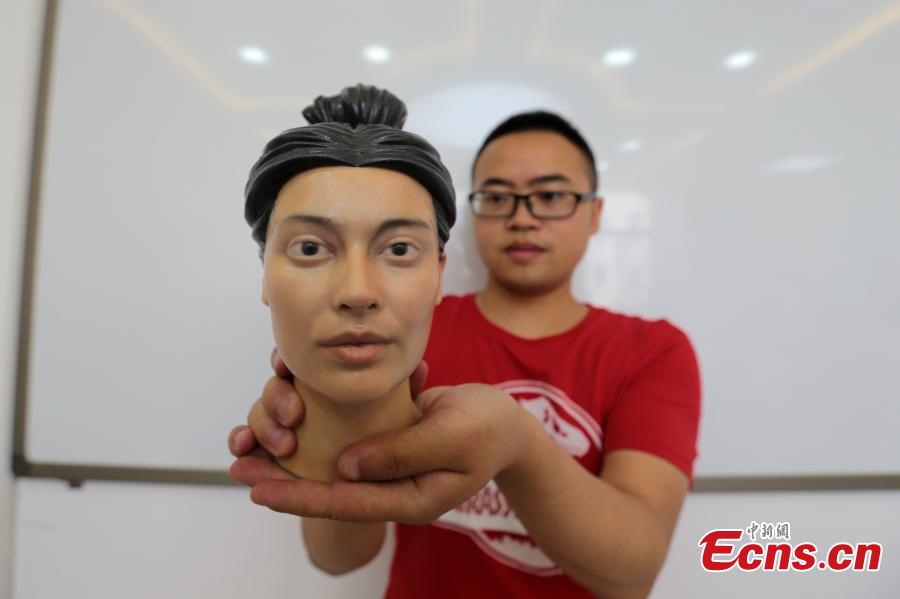
A student shows a head sculpture of a woman from the Qin Dynasty (221 to 206 BC) made using 3D-printing technology in Northwest University in Xi’an City, Shaanxi Province, Aug. 2, 2018. Through "carbon 14" dating and anthropological analysis of an ancient skull, researchers can infer the age range at the time of burial, and then extract the soft tissue data of the same age group from modern people, to restore the face of people from the past through 3D-printing technology. (Photo: China News Service/Zhang Yuan)
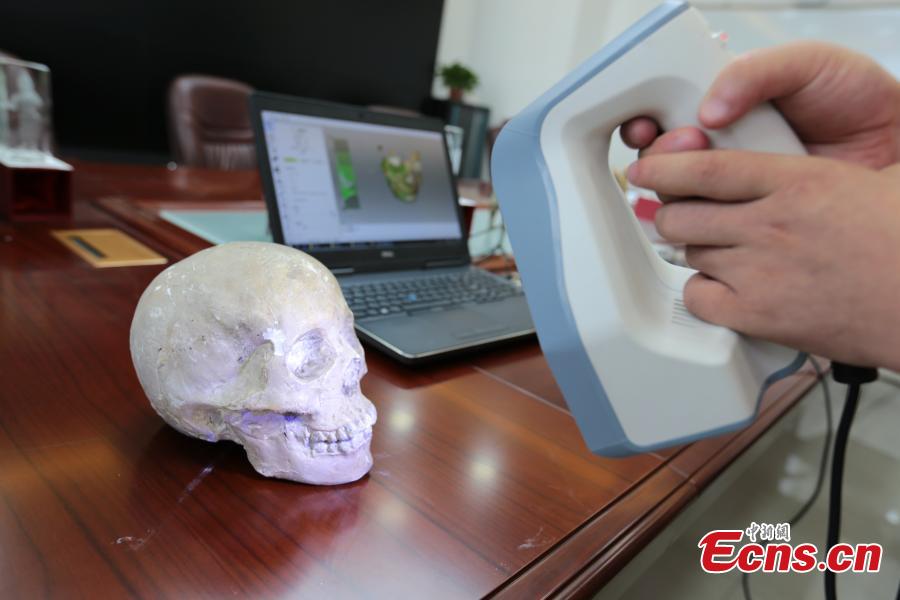
A student scans a skull for research in Northwest University in Xi’an City, Shaanxi Province, Aug. 2, 2018. Through "carbon 14" dating and anthropological analysis of an ancient skull, researchers can infer the age range at the time of burial, and then extract the soft tissue data of the same age group from modern people, to restore the face of people from the past through 3D-printing technology. (Photo: China News Service/Zhang Yuan)
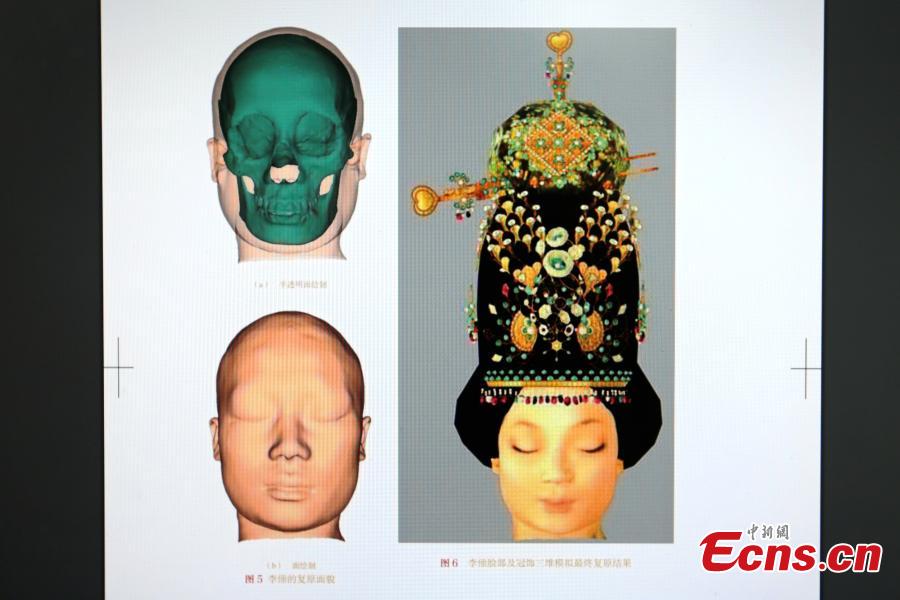
A computer restoration of the appearance of the face of Princess Li Chui from the Tang Dynasty (618-907) in Northwest University in Xi’an City, Shaanxi Province, Aug. 2, 2018. Through "carbon 14" dating and anthropological analysis of an ancient skull, researchers can infer the age range at the time of burial, and then extract the soft tissue data of the same age group from modern people, to restore the face of people from the past through 3D-printing technology. (Photo: China News Service/Zhang Yuan)
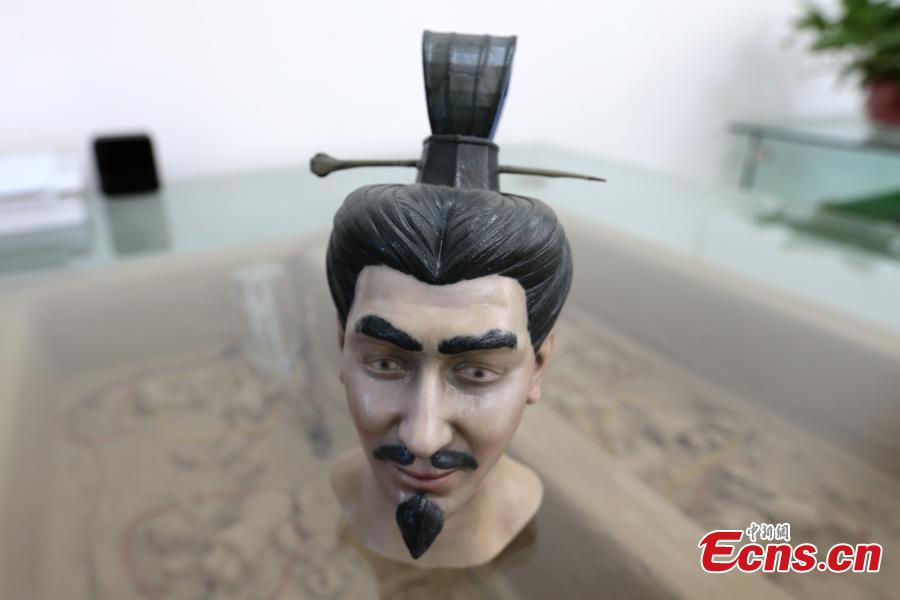
A head sculpture of a man from the Qin Dynasty (221 to 206 BC) made using 3D-printing technology in Northwest University in Xi’an City, Shaanxi Province, Aug. 2, 2018. Through "carbon 14" dating and anthropological analysis of an ancient skull, researchers can infer the age range at the time of burial, and then extract the soft tissue data of the same age group from modern people, to restore the face of people from the past through 3D-printing technology. (Photo: China News Service/Zhang Yuan)










